I'm inexperienced in asking these questions in a forum. I'm sure there's a more elegant way to display this code, etc. I hope I can explain what I'm after here. I have a simple table with a record ID and a date column in it. You can run this simple code to create the table if you'd like.
IF OBJECT_ID('tempdb..#tmptbl') IS NOT NULL
BEGIN
DROP TABLE #tmptbl
END
create table #tmptbl (recid int, docdate date)
insert into #tmptbl
values
(1, '11/16/19'),(1, '11/15/19'),(1, '11/14/19'),(1, '11/13/19'),(1, '10/29/19'),(1, '10/27/19'),(1, '10/26/19'),(2, '10/31/19'),(2, '10/30/19'),(2, '10/29/19'),(2, '10/1/19'),(3, '11/16/19'),(3, '11/15/19'),(3, '11/13/19'),(3, '8/9/19'),(3, '8/8/19'),(3, '8/7/19')
--select * from #tmptbl order by 1, 2 desc

Here is a picture of a sample in Excel. The highlighted rows are the rows I want to return in a query.
Logic for the select statement to return the rows needed: For each recid, determine if there is a record on 11/16/19 (this can be a passed parameter but it will always be just one particular date). If the recid does not have a record with 11/16/19 on it, return no rows for that recid. If it does, I need to return the consecutive dated rows up to that date. When there is a gap in the date for the recid, I can omit the rest of the rows for that recid. I've tried to explain the logic in comments in the picture.
Can you help give me some examples of how to accomplish this using T-SQL? ...Return only the consecutive dated rows for each recid up to the provided date (i.e. 11/16/19 in my example).
Thank you.